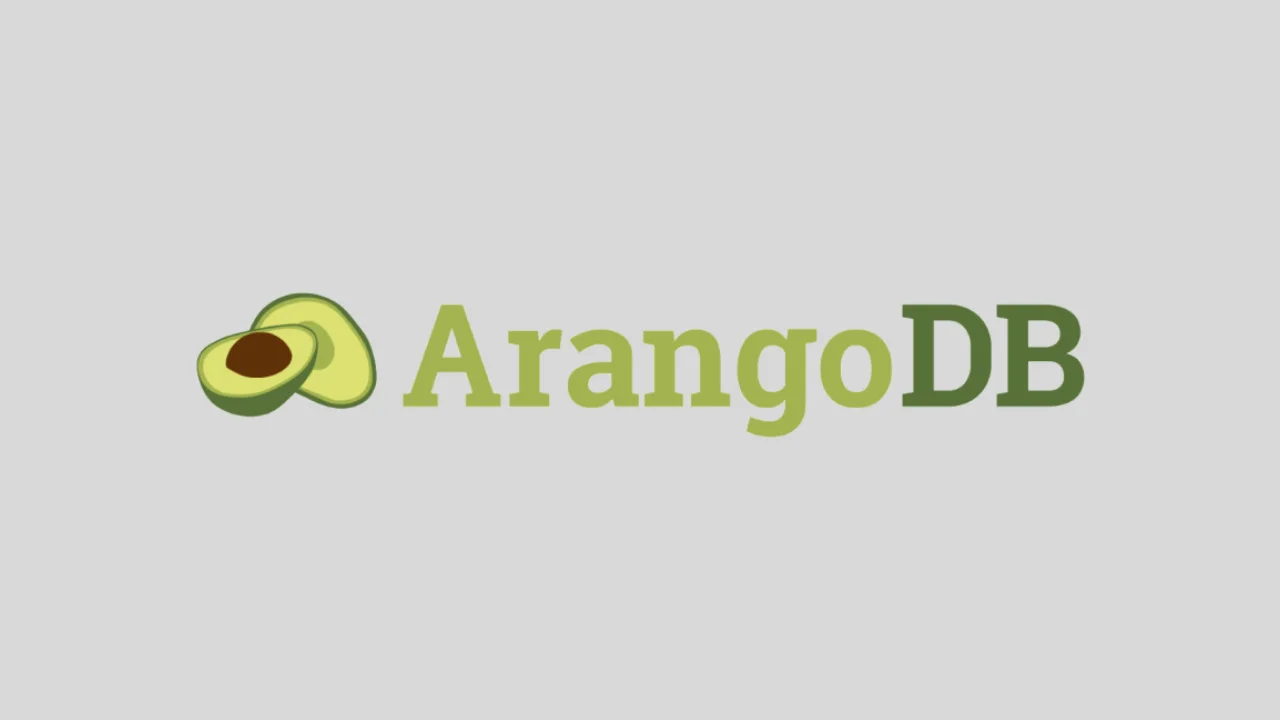
Challenges When Moving to the Cloud Platform: Strategies for Success
Certainly! Moving to the cloud can be a transformative step for businesses, but it also comes with its fair share of challenges. In this article, we’ll delve into the most common cloud migration challenges and explore strategies to overcome them.
1. Compatibility and Legacy Frameworks
When moving to the cloud, organizations often encounter legacy applications built on older framework versions. These frameworks may not be fully compatible with modern cloud environments, leading to compatibility issues, performance bottlenecks, and security vulnerabilities.
2. Handling local file storage
One of the most hassle when you are moving to cloud platform is handling local file storage. We deeply understand that and providing you a auto back-up mount volumes mechanism to widely enable any legacy framework to jump in.
3. Exceeding Schedules and Budgets
One of the most prevalent challenges during cloud migration is exceeding schedules and budgets. Here’s why it happens and how to tackle it:
- Complexity and Scope Creep: Migrating to the cloud involves moving applications and data that have been in place for years or even decades. The sheer scope and complexity of this task can lead to scope creep—adding more features to the project than initially planned. To mitigate this, maintain a clear project scope and avoid unnecessary feature additions.
- Poor Planning and Lack of Skills: Without a well-defined migration strategy and the right expertise, businesses can easily get overwhelmed. Proper planning, including assessing the existing environment, understanding dependencies, and allocating resources, is crucial. Invest in training or hire skilled professionals to ensure a smooth transition.
4. Data Security and Compliance Issues
Securing data during migration is paramount. Here’s how to address security challenges:
- Security Protocols: Migrating data to the cloud requires robust security protocols. Organizations must safeguard sensitive information, especially when it’s stored off-site. Implement encryption, access controls, and regular security audits to prevent data breaches.
- Compliance Regulations: Ensure that your cloud environment adheres to relevant data privacy and security regulations. Failure to comply can result in fines and legal issues. Prioritize compliance from the outset.
5. Application Compatibility and Performance
Ensuring that applications function seamlessly in the cloud is critical:
- Compatibility Testing: Test applications thoroughly before migration. Identify any compatibility issues and address them proactively. Consider refactoring or rearchitecting applications if needed.
- Performance Optimization: Optimize application performance in the cloud. Leverage auto-scaling, caching, and load balancing to handle varying workloads efficiently.
6. Vendor Lock-In and Framework Choices
Choosing the right framework for cloud migration is crucial. However, organizations must also avoid vendor lock-in—overreliance on a specific cloud provider’s services.
7. Change Management and User Adoption
People and processes play a crucial role in successful migration:
- Change Management: Prepare employees for the shift to the cloud. Communicate the benefits, provide training, and address concerns.
- User Adoption: Encourage users to embrace the new environment. Highlight productivity gains and ease of use.
8. Skill Gaps and Training
Moving to the cloud requires expertise in both cloud technologies and specific framework versions. Skill gaps can hinder successful migration.
In conclusion, while cloud migration presents challenges, a well-executed strategy, proper planning, and a focus on security and compliance can help organizations navigate the journey successfully. We deeply understand that and providing you a auto back-up mount volumes mechanism to widely enable any legacy framework to jump in.

Start building with Staas.io
STAAS.IO is the cloud platform that shatters application development complexity. Imagine a quick, cheap, and easy environment to build your next big product – one that seamlessly scales to production with Kubernetes-like simplicity. Unlike others, we offer full native persistent storage and volumes, adhering to CNCF containerization standards for ultimate flexibility and freedom from vendor lock-in.



